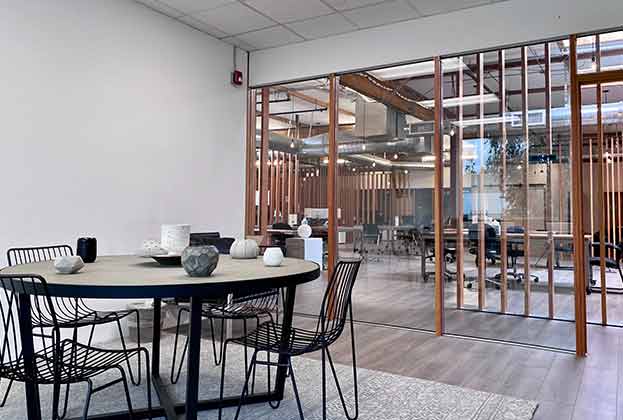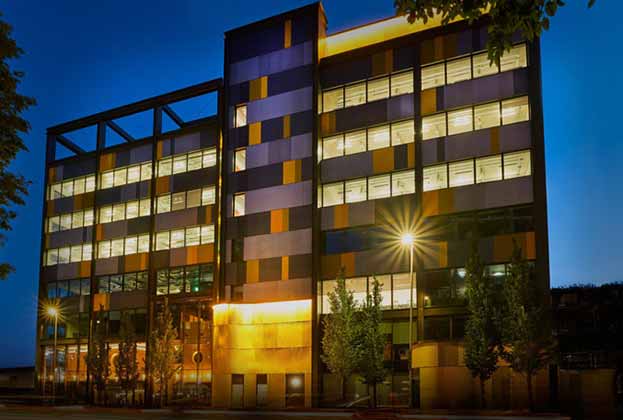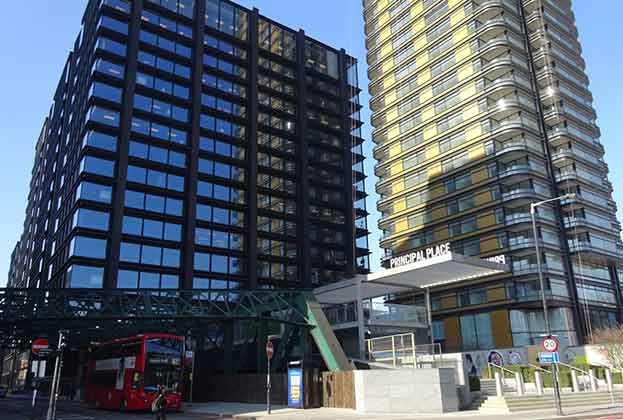Mike Barnes, Commercial Research, Savills, assesses the growth trajectory of flexible offices in relation to the wider office market
The UK’s flexible office market share has evolved significantly over the last 10 years. In the West End market, flex office demand peaked at 19% of take-up in 2018, and in the City market, flex reached 22% of take-up the following year. In the regional office market, the flex sector was experiencing a growth phase prior to the pandemic and peaked at 12% of demand in 2019.
Operator demand for new space within London City and West End flex has so far been slower to recover and if anything, we have seen operators reduce their footprint so far in London in 2021. London’s flex office demand peaked at 19% of take-up in 2019, significantly driven by WeWork’s expansion, whereas the regional markets were at an earlier stage of the growth cycle and had a lower base supply of flex space.
Regional office markets have observed a faster recovery, with 10% of demand in H1 2021 accounted for by flexible offices. Since the pandemic outbreak, FORA signed for 65,000 sq ft in Cambridge, Orega signed for 30,000 sq ft in Manchester and X+Why signed for space in Birmingham and Cambridge. Momentum has been carried into 2021, with IWG signing for 50,000 sq ft at the Mailbox, Birmingham, Instant Offices signing for 36,000 sq ft and 34,000 sq ft in Glasgow and Manchester, respectively, while Leeds recorded a trio of flex office deals during Q1 2021. The recovery has been well felt in the less mature regional markets, accounting for approximately 10% of UK office demand in 2021. Regional markets look set to be among the main driver of expansion for operators in 2021 and 2022.
With rising occupier demand for flexible leases, the average lease length to expiry for conventional offices in London West End has also fallen from 7.9 years in 2009 to 7.2 years in 2020. In the City, average lease length has fallen from 10.7 years to 7.9 years over the same period. This indicates a long-term shift to shorter leases, although there still remains a significant proportion of larger occupiers who are able to plan for a conventional ten-year lease with a five-year break. This is backed up by the Savills Flex Landlord Survey, which highlighted that 75% of landlords expected occupiers to seek more flexibility from their lease agreements going forward.
WeWork is now the largest occupier of commercial space in Central London, behind the UK Government, whilst IWG is the most active operator across the UK regions. In the West End market alone, we have observed 42 different flex office providers sign for office space over the last five years as entry barriers fall and more niche operators take a foothold in the market. The chart below shows the significant weighting to London since 2016 but we anticipate this weighting to grow in the regions over the next two years as operators seek to diversify the geographic risk of their portfolio.
In H1 2021, tenant controlled supply in London West End reached its highest level since 2004, currently at 2.7m sq ft, up from 1.5m sq ft at the end of 2019. However, tenant controlled supply is generally of a lower quality than flexible office supply, so do not generally compete for the same customers, particularly with the service element becoming increasingly important. London West End’s Grade A vacancy rate remains below 5% during H1 2021, indicating an undersupply of high quality space.
On a pan-European basis, London was the most mature flex office market by some distance prior to the pandemic. In 2019, London City (22% of total office demand) and London West End (17%) exceeded the European average of 9% of total demand. The UK regional cities have increased significantly, accounting for an average of 12% of demand in 2019, whilst European markets are still at a growth stage, although Berlin, Paris and Amsterdam all exceed the 10% mark for flexible office demand.
Of course, conventional office leases in mainland European cities are generally shorter than those in London. A five-year lease with a three-year break is more usual for a number of European cities including Amsterdam and Berlin, indicating that companies that are able to sign for a five-year horizon may still choose conventional, whereas they may be more inclined to go for flex terms in London.
Read the articles within Spotlight: UK Flex Office Perspectives below.







.jpg)




